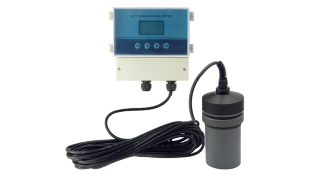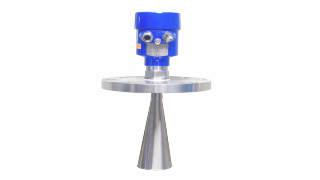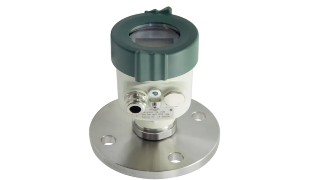
Maintenance Tips for Accurate Oil Level Sensing in Machines
Maintaining optimal oil levels in machinery is critical for efficient operation, prolonged equipment life, and safety. Oil lubricates moving components, reduces friction, and dissipates heat. An incorrect oil level can lead to overheating, excessive wear, or even catastrophic failure. Oil level sensors are essential devices in modern machines, providing real-time monitoring to ensure optimal lubrication. Proper maintenance of these sensors is crucial to ensure accurate readings and reliable machine performance.

How Oil Level Sensors Improve Equipment Efficiency And Prevent Failures
In modern industrial operations, equipment reliability and operational efficiency are paramount. Machinery failures not only cause costly downtime but can also pose serious safety risks. One of the often-overlooked factors affecting equipment performance is oil management. Proper lubrication ensures that moving parts function smoothly, reduces wear and tear, and prevents overheating. However, monitoring oil levels manually or relying on scheduled maintenance can be inefficient and prone to error. This is where oil level sensors play a critical role. By providing real-time monitoring of oil levels, these sensors help prevent equipment failures, extend machinery lifespan, and enhance overall operational efficiency.

Top Applications of Oil Level Sensors in Automotive And Industrial Systems
In modern machinery, accurate monitoring of fluid levels is essential to ensure performance, safety, and longevity. Among various types of sensors, oil level sensors play a critical role in both automotive and industrial systems. These devices provide real-time feedback on oil levels, preventing damage caused by low lubrication or overfilling. This article explores the top applications of oil level sensors across automotive and industrial contexts, highlighting their benefits, implementation strategies, and impact on operational efficiency.

The Role of PT100 Sensor 0.5% Temperature Transmitters in Precision Temperature Monitoring
In modern industries, accurate temperature monitoring is not just a technical requirement—it is a critical factor that directly impacts product quality, process efficiency, and operational safety.

RTD Temperature Transducers: Accuracy, Stability, And Long-Term Reliability
In modern industrial processes, precise temperature measurement is not simply a desirable feature—it is often essential to both quality control and operational safety.

Understanding 4-20mA Digital Temperature Transmitters: How They Work And Where They’re Used
In many industries, temperature is more than just a number—it is a key factor that determines efficiency, safety, and product quality. From managing water in storage tanks to controlling heat in massive industrial kilns, accurate temperature monitoring is essential.
